TEXT AND PHOTOGRAPHS BY NANDINI DEV BASU
Gurgaon, Haryana
My great-grandmother, Mrs Prakashwati Misra or Amma ji as she was fondly known, travelled all the way to Lucknow, Uttar Pradesh from Raipur, Chattisgarh but then a part of Madhya Pradesh by road to get this benda made for her daughter-in-law, my grandmother in 1961. She wanted to make a Misra family heirloom that could be passed down from generation to generation.
Benda is a common term used for a maang tikka in central India and Uttar Pradesh. A maang tikka is a traditional piece of head jewellery that is worn by Indian women during special occasions, in particular their wedding day.
In 1961, Mrs Prakashwati Misra, my great-grandmother or Amma ji as she was fondly known, travelled all the way to Lucknow, Uttar Pradesh from Raipur, Chattisgarh but then a part of Madhya Pradesh by road to get this benda made for her daughter-in-law, my grandmother. Her idea was to make a Misra family heirloom and pass it down from generation to generation.
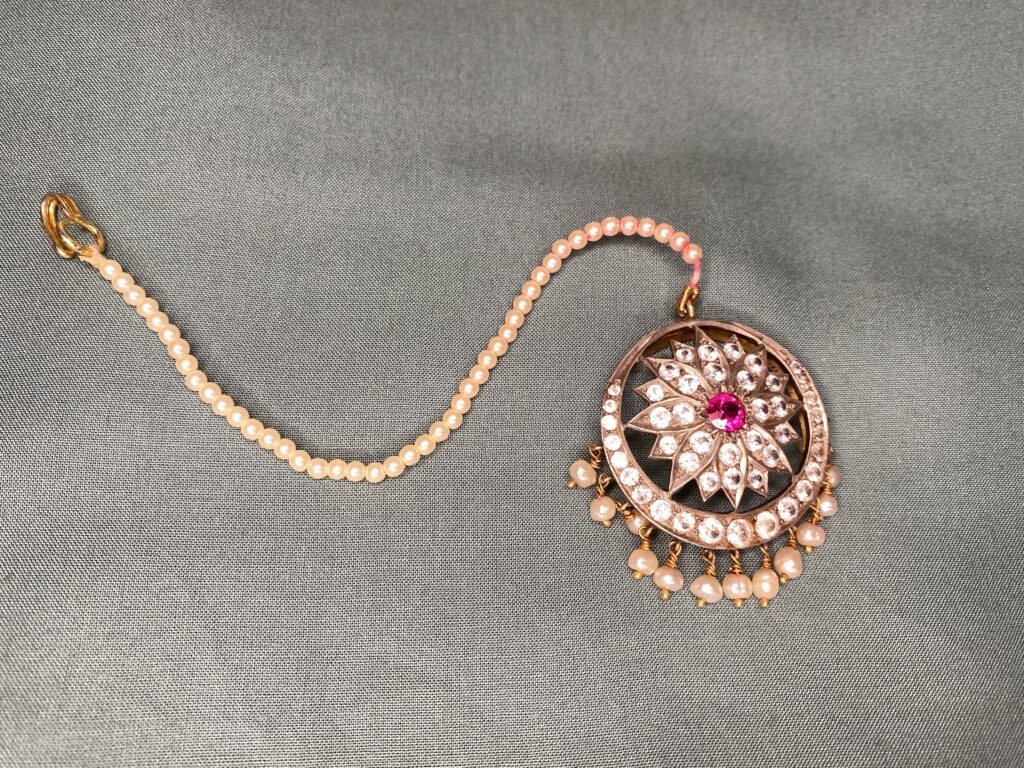
It took my great-grandmother a week to personally design it and get it executed by Lakhnawi karigars, craftsmen. It is round shaped with rubies at the centre with diamonds and small pearls studded all around with a Kashmiri influence. Amma ji used to visit Srinagar with her family every summer and I think that’s why the Kashmiri influence. Ruby also happened to be her favourite gem.
This benda has been in my family for 59 years and I am fortunate enough to be the third generation to be able to wear it and adore it. My great-great-grandmother gifted it to my grandmother, my dadi ji and she wore it on the day of her wedding.
My dadi, Mrs Shobha Misra, referred to as Muniya (meaning a small bird) by the family was born in 1945. Muniya was the youngest with three sisters and two brothers. Her mother passed away while giving birth to her and she was raised by her older brother and sister in law.


Dadi was twelve years younger than my grandfather and was only 17 years old when they got married in 1961. My grandfather, PT Ashok Kumar Misra, belonged to a Kanyakubj Brahmin joint family and both Dadi and Dada belonged to Raipur. The word Kanyakubj Brahmins means Brahmins of the Kannauj region are mostly found in central India, mainly in parts of Madhya Pradesh, Uttar Pradesh, West Bengal, Bihar and Orissa. Kanyakubj Brahmins are considered high class as they perform their duties or sanskaras as per the Vedas.
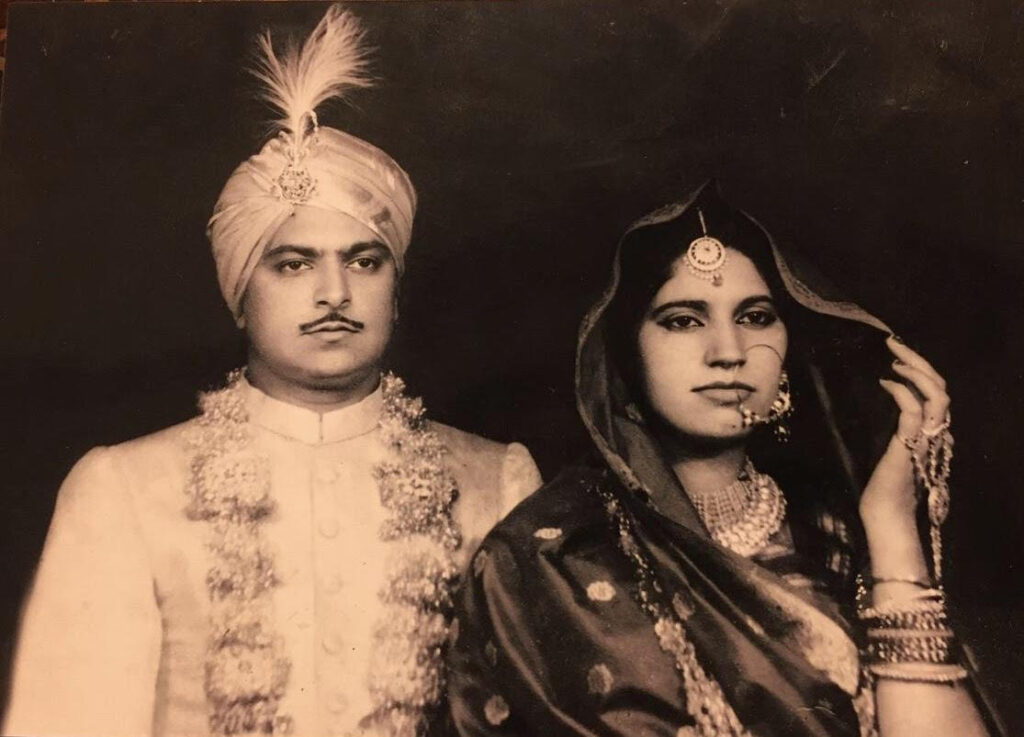
Dadi had three children by the age of 22 and she was witness to many ups and downs in her life. Due to some troubles and personal conflicts within the family, my grandfather decided to leave his joint family and move out with my grandmother. Despite having to move into a smaller household after living with a rich family and money being tight, dadi never stopped smiling.
Dadi had only studied until eighth standard when she married my grandfather. She continued her education after her marriage and went on to complete her Master of Arts in Hindi literature in 1984. Muniya liked reading Hindi literature books and cooking. She had an almirah dedicated specifically to food items including various snacks, achaar and ghee. Dadi was a great mimic and would always make fun of her ‘crazy’ relatives, the ones she wasn’t too fond of. My dadi really had her own swag. She was one of the most elegant women I have ever met and had a very special and impenetrable aura around her.
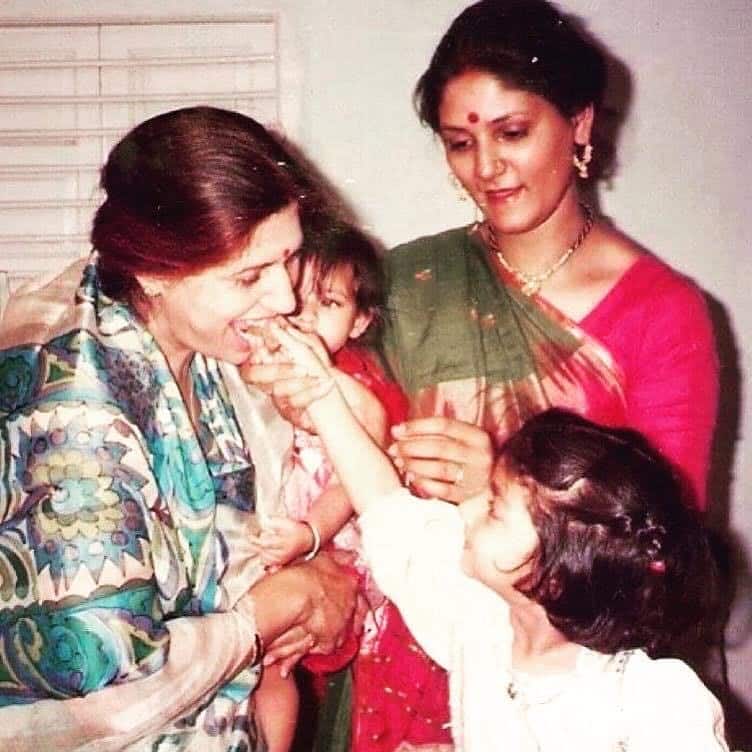
As such, my family does not follow too many traditions but there is one special ritual. On their wedding days, the brides in our family wear a yellow saree and jewellery gifted by the groom’s family. It is supposed to signify that the bride is now a part of the groom’s family and they will provide for them and look after them.
The benda was passed on to my mother in 1989 during her wedding and she wore it during her phera ceremony. The first time I laid my eyes on it was when I was 4 yrs old. My mother would always wear it on important occasions like the festivals of Diwali and Karvachauth. Ever since I was young, I felt an instant urge to have it. No matter what jewellery my mother wore, I would only look at this maang tikka. When I turned 16, I started wearing the benda during our customary Diwaly puja at home. I’d hope that by seeing me wear it and how much I wanted it, my grandmother would be compelled to give it to me. However, she would always say that it was reserved for my brother, Anirudh’s wife as per tradition.
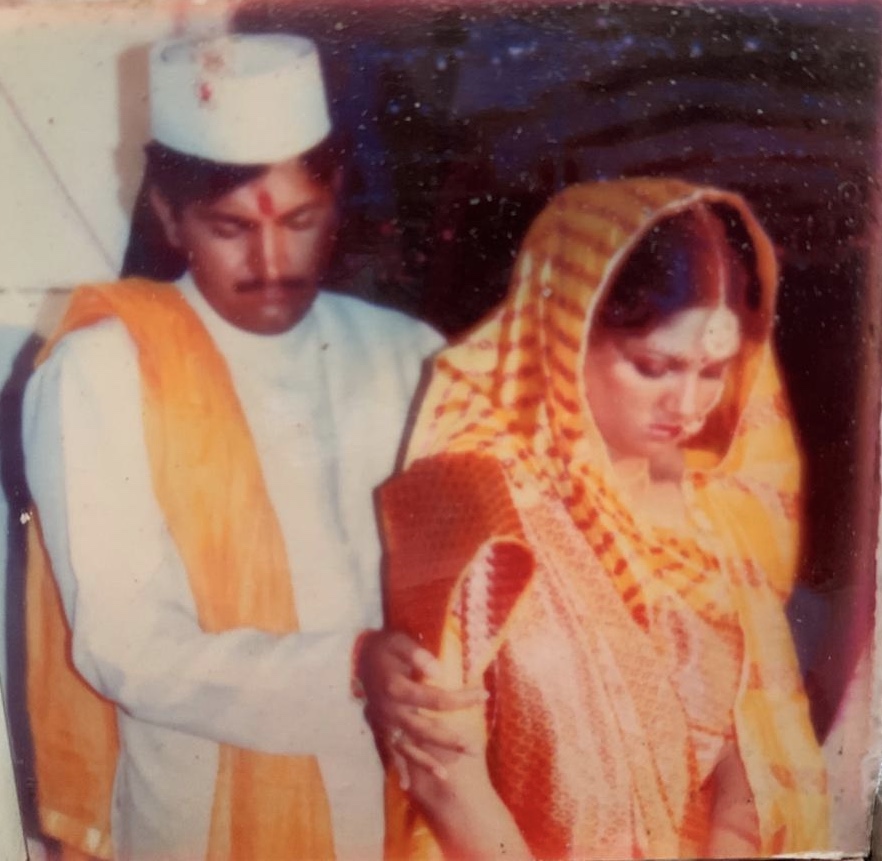
In 2015, dadi was diagnosed with cancer at around the time my marriage was fixed. I asked her for the very last time, if I could have her maang tikka and this time she said yes. Sadly, I lost her that same year. I don’t know why she agreed to give it to me…maybe because of our bond and at that time, love meant more than tradition? My dadi loved socialising and every evening she would take a cycle rickshaw and visit her relatives. She would always take me along and we’d end up visiting 2-3 houses in one go. Dadi pampered her grandchildren a lot by cooking a lot for us but her granddaughters were not allowed to enter the kitchen. She and I had a special 4 pm tea time routine. We continued this teatime ritual until her death.
When I got married in 2016, I decided to wear the benda to honour her. I wanted her to be a part of this important occasion in my life and by wearing it, I felt as beautiful as her. Currently, the benda is with me in Gurgaon and I keep it in an elaichi box. The box, used to store cardamoms, is quite new and was gifted to me by my mother after my wedding.
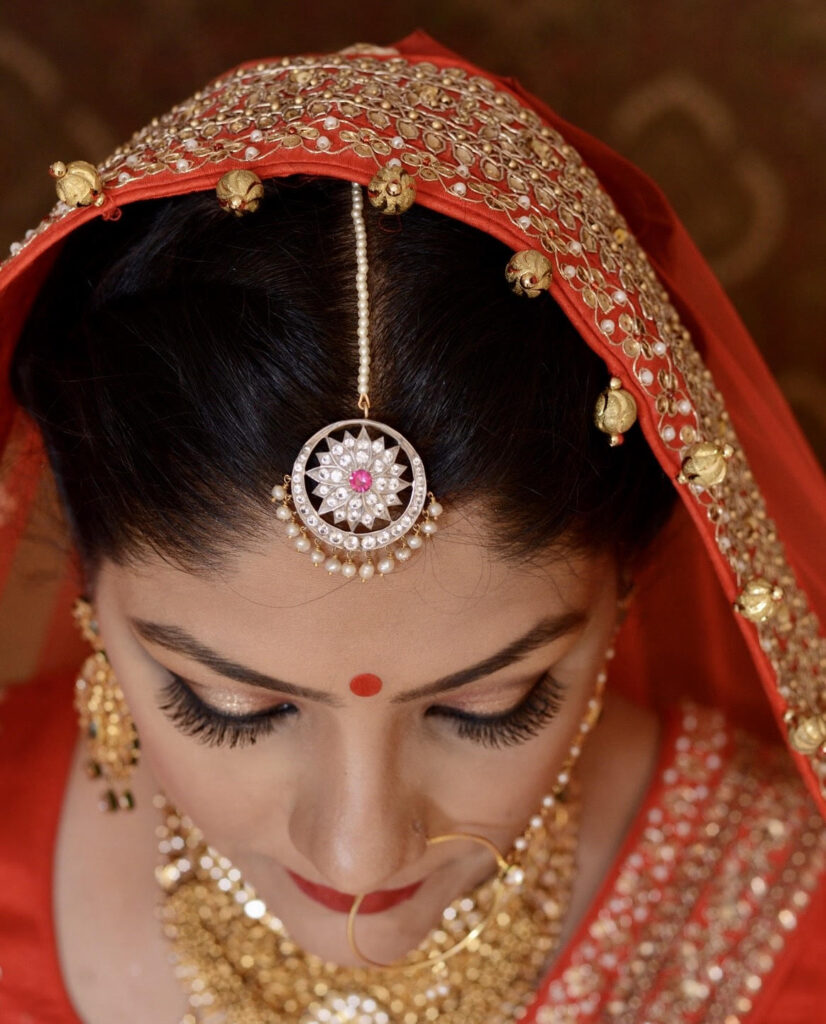
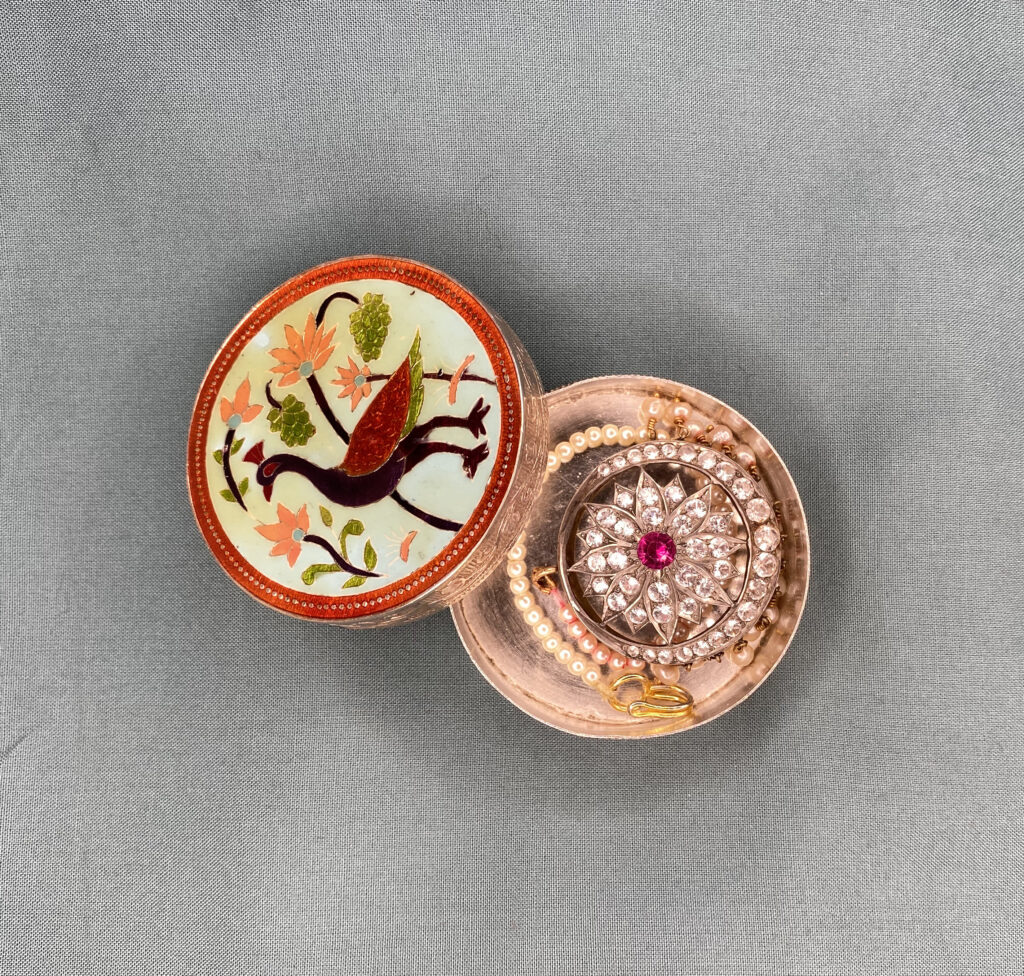
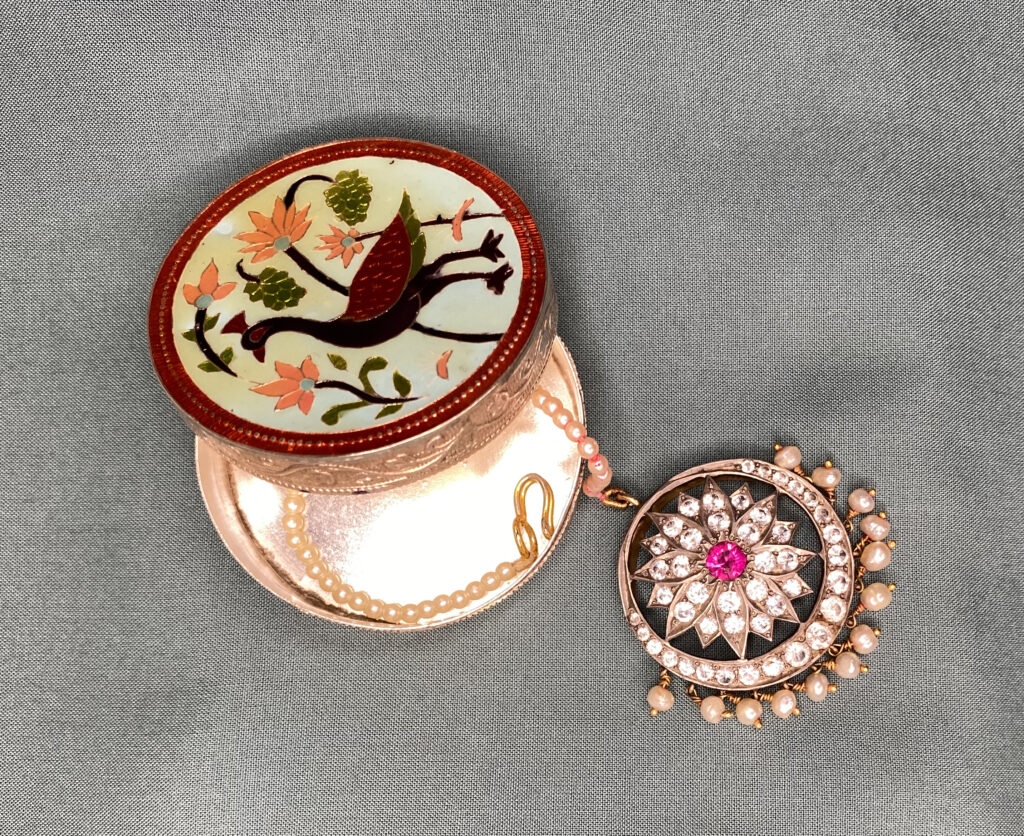
I wear the benda on every Diwali, continuing my mother’s tradition. Every time I wear it, I feel like my dadi is with me. The benda will always represent her for me and writing about it is my way of honouring her.

Lovely article so emotional